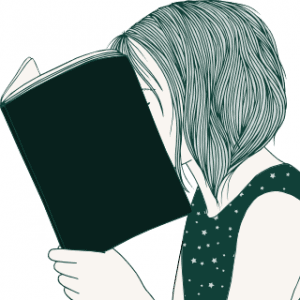An important part of the CAFYR research project is to share our findings with a wide audience. We do this through journals and specialised magazines, as well as in other media. This website also allows us to share both the author interviews that Vanessa Joosen conducted for her part of the research, and the data on age-associated traits of fictional characters that Lindsey Geybels generated from a large part of the corpus. Because transparency is an important value for us in conducting academic research, we also share an overview of the sources we use as a team. Some of these we quote in our publications, while others serve as inspiration without being directly linked to a publication.

